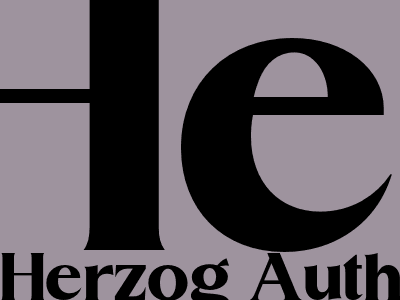Blog Post Title: The Ultimate Guide to On-Page SEO
Introduction
On-page SEO is the practice of optimizing your website's content and structure to improve its visibility and ranking in search engine results pages (SERPs). By implementing on-page SEO techniques, you can make your website more relevant and user-friendly, which can lead to increased traffic and conversions.
Title Tags
Title tags are one of the most important on-page SEO elements. They appear in the SERPs as the clickable headline for your website, and they should accurately reflect the content of your page. Title tags should be concise, descriptive, and keyword-rich, and they should be less than 60 characters long.
Meta Descriptions
Meta descriptions are the short snippets of text that appear in the SERPs below the title tags. They provide a brief overview of the content of your page, and they can be used to encourage users to click through to your website. Meta descriptions should be less than 160 characters long, and they should be keyword-rich and engaging.
Headings
Headings are used to structure the content of your page and to make it easier for users to skim. Search engines also use headings to understand the hierarchy of your content, so it's important to use them correctly. Headings should be used to break up your content into logical sections, and they should be keyword-rich and descriptive.
Content
The content of your page is the most important factor in on-page SEO. It should be high-quality, informative, and relevant to the keywords you are targeting. Your content should be well-written and easy to read, and it should be free of errors.
Images
Images can be a great way to break up your text and make your content more visually appealing. However, it's important to optimize your images for SEO by using descriptive file names and alt tags. Alt tags provide a text description of your image, and they can help search engines to understand the content of your page.
Links
Links are an important part of SEO, and they can be used to improve the authority and visibility of your website. When linking to other websites, it's important to use relevant and authoritative sources. You should also use descriptive anchor text, which is the text that is displayed when a link is hovered over.
Conclusion
On-page SEO is an essential part of any SEO strategy. By implementing the techniques outlined in this article, you can improve the visibility and ranking of your website in the SERPs. This can lead to increased traffic and conversions, and it can help you to achieve your business goals.

Comments